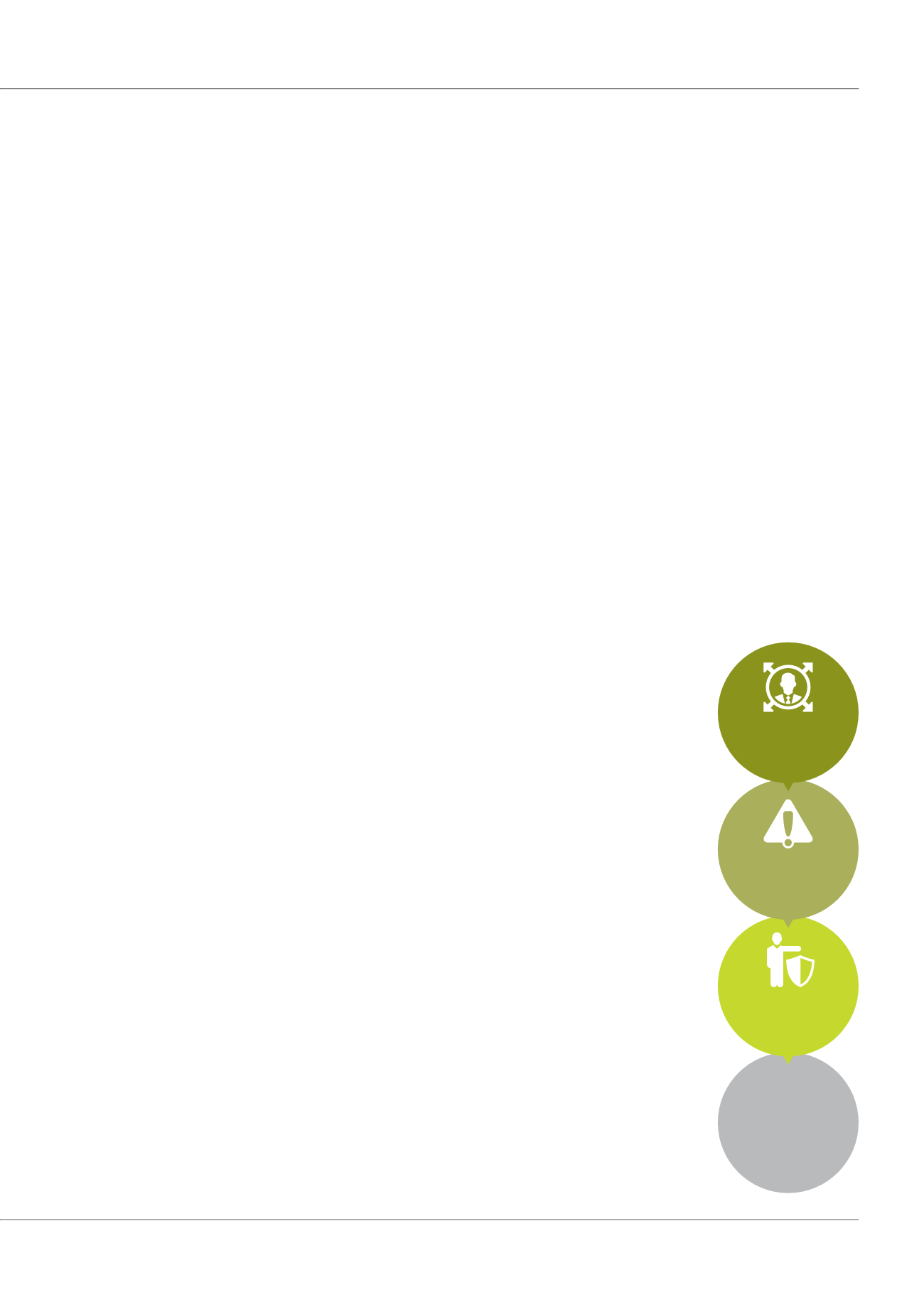

Global Trustee and Fiduciary Services News and Views
| Issue 47 | 2017
39
The SM&CR, like many recent regulations, has its
origin in the 2008 financial crisis. The SM&CR is a
response from regulators to improve professional
standards and culture in the UK financial
services profession, and it is still evolving. Its
aim is to ensure that senior managers are held
accountable for any misconduct that occurs in
their areas of responsibility. Andrew Bailey, then
deputy governor of Prudential Regulation at
the Bank of England and subsequently the CEO
of the Prudential Regulatory Authority (PRA)
before becoming the current CEO of the Financial
Conduct Authority (FCA), underlined the purpose
of the SM&CR on the day it came into force for
banks and insurers: “Appropriate and robust
accountability for senior managers in financial
institutions is a crucial part of the effective
functioning of the economy...You can delegate
tasks but you cannot delegate responsibility.”
2
Following consultation, the SM&CR will be
extended to all FSMA-authorised firms from
2018, bringing asset and wealth managers into
scope. While the details of how the SM&CR will
be applied to these firms have not yet been
defined, the underlying principles of individual
accountability remain, and it is likely that the
regime will be similar to that applied to banks and
insurers. There is an opportunity to do work in
advance of the final rules to put your firm in the
best position to support its senior managers and
ensure that they can fulfil their responsibilities.
A holistic review will also help preparations for
other new regulatory requirements, such as
governance arrangements under MiFID II.
Understanding the SM&CR as applied
to banks and insurers
Implementing the Senior Managers Regime
(SMR) requires senior managers’ responsibilities
to be clearly apportioned. It should be clear to
the individual, the senior management team
and regulators who is accountable for specific
functions. A Statement of Responsibilities
(SoR) for each individual carrying out a senior
management function must be submitted to the
regulators along with an overall responsibilities
map that sets out where senior managers and
other senior individuals fit in the governance
structure. There are prescribed responsibilities
that have to be allocated to senior managers,
which include specific risks such as financial
crime. In addition to apportioning responsibilities,
firms must assess senior managers’ fitness and
propriety before submitting applications to the
regulator, and at least annually thereafter.
When issues arise, regulators will look to the
SoRs to identify the relevant senior manager.
They will want to understand what was done to
control the risk, the rationale behind decisions
taken and actions taken to remedy the situation.
Where responsibilities are delegated, regulators
will want to establish if delegation was
appropriate and effectively overseen. This raises
the question of how much oversight to apply
and how much reliance senior managers place
on staff lower down in the organisation.
The SMR is supplemented by the Certification
Regime (CR) and Conduct Rules. The CR
applies to staff that pose a significant risk to
the firm or its customers. Firms must identify
certified individuals and assess their fitness
and propriety at least annually. The Conduct
Rules apply standards of conduct to staff at
all levels of the organisation, including non-
executive directors captured by the SMR. They
are readily recognisable, flowing from the
statements of principle for approved persons,
and include acting with integrity, due skill care
and attention, cooperating with regulators,
treating customers fairly and observing proper
market conduct standards.
The CR and Conduct Rules set standards for
all staff (with the exception of ancillary staff),
but place responsibility on firms to ensure
HOW TO GET COMFORTABLE WITH
PERSONAL ACCOUNTABILITY
The Senior Managers and Certification Regime (SM&CR) will be extended to
all FSMA-authorised firms from 2018.
1
For senior managers at these firms,
whether in the UK or elsewhere, what can you do now to be comfortable
with the scrutiny and personal accountability that will come with the SM&CR?
How much oversight
should be applied?
Regulators will look to
identify the relevant
senior manager . . .
want to know what
was done and remedial
actions taken...
and want to establish
if delegation was
appropriate.
How much reliance
should senior managers
place on staff?


















